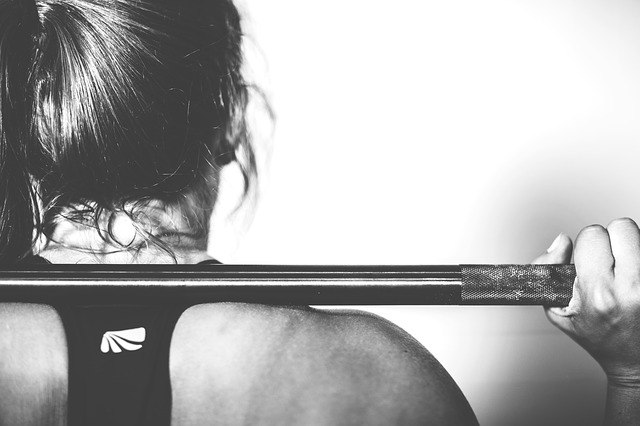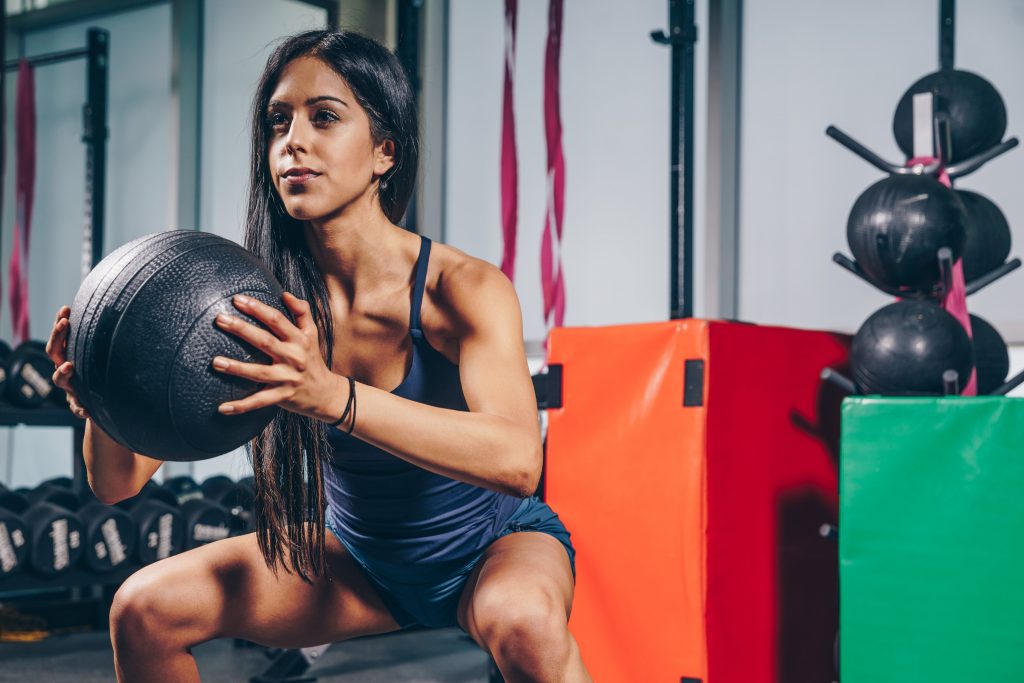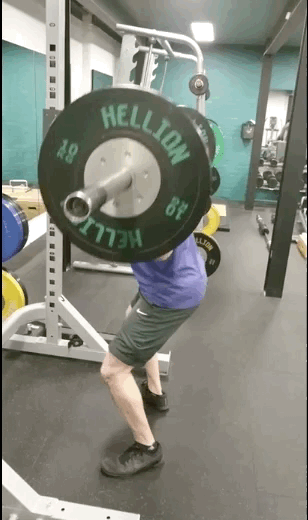How’s your squat looking? You got the basics down?
The Squat
As part of our MOH Basic Lifting Blog Series, we’re trying to put together a simple guide for the more common lifts we see with weight training. We’re not trying to write the definitive “one size fits all” guide to each lift. It’s not a highly technical review of the science and research, just something honest and reliable to refer to when there’s something you’re not too sure on.
What and how?
Alongside the deadlift and bench press, the squat is one of the three primary lifts that every trainer will advocate to their clients at some point. And, there’s good reason for that – it has awesome functional utility and relevance for everyone.
This is essentially a simple movement – From a standing start position, flexing hips and knees to achieve a squat position, then reversing that to stand again. If you’ve ever watched how easily a toddler can do this, you’ll agree the squat is a “simple” movement, but the degree of difficulty increases when adding resistance, increasing the range, playing with tempo, changing the emphasis on phases, or combinations thereof.


The first thing to acknowledge is that there’s no such thing as the ‘ideal’ way to squat, comfortable foot positioning depends heavily upon individual anatomy. Similarly, there’s a lot of conjecture around ideal and safe squat depth but the evidence is clear, there is no ideal for everyone, we aim for your femur to get at least parallel to the ground but below this is better where possible.
For the most part when squatting with a bar there’s only two holds, front and back. Indulge me here. The front squat has the bar resting on your anterior deltoids, and depending on muscle mass and upper extremity mobility this likely includes the pointy ends of your clavicles. There may be a bit of ‘self-strangulation’ for first timers but that generally passes with experience and improved mobility.
Back squat is where the contention starts. Resting the bar on your traps is considered the high bar hold, while resting it on your rear deltoids is considered the low bar hold. Essentially the difference is minimal, and mechanically they work the same. But we also know that sometimes a slight adjustment can mean the difference between success and failure. Just be sure to avoid the spinous process of C7 during a high bar hold to prevent any unnecessary pain and irritation. As for the low bar hold, ensure the person has enough rear deltoid mass and upper body mobility to hold the bar comfortably without excessively tipping forwards.
In my experience, I generally get everyone on a high bar position as this is typically the most comfortable, but I have found the low bar to be useful for people with hip and/or ankle mobility issues.
Alternatively, the front squat is also great for people with ankle issues, and is typically a more quad dominant movement. This isn’t a definitive answer, its just what worked best for the persons in question. Interestingly, being good at back squats doesn’t necessarily translate to good front squats and vice versa.
What does it activate?
Regardless of bar position the primary muscle groups at work here are the glutes and quads, but the entire lower limb is involved with joint control and stabilisation.
The torso muscles are engaged to limit trunk movement. The spine should be in neutral (though this will change toward end range) and the entire upper body should be largely fixed and pivot primarily through the hips in the sagittal plane.
Any added weight will be carried by the upper limbs, and like the torso they should braced to limit movement in relation to the trunk. Then of course there’s head position and breathing mechanics. In short everything is worked to some extent… therein lies the beauty of the squat.
What to look out for?
As with any movement, strength and mobility are the major items. Assuming there are no substantial injuries or pain, the most common culprit in limiting a squat are hip and ankle mobility.
The all feared buttwink can be an indicator for decreased hip mobility. This isn’t to say that all buttwinks are the results of restricted hips, but it is a very common cause, as the hips lock out earlier during descent and the spine is recruited in order to increase depth. This is often at the cost of lumbar stability which can increase risk of back pain or injury.
Similarly poor ankle mobility will typically present as excessively tipping forwards. Once your ankle limit is reached the knees stop traveling forward, the descent continues by pushing the bum out. The body will tip forwards in order to maintain balance. Again this increases the chance for back pain or injury.
In terms of strength and coordination, the glutes are often late to the party, or have missed the mark altogether. Glute medius is a little easier to spot as the lifter’s knees will want to cave in. Glute max on the other hand tends to see the lifter ascent sequentially, bum first then followed by the rest of the body. Typically this means the glutes are underutilised and under loaded during the lift, while everything else is overloaded, which increases the risk of injury.

Credit to our friends at Prime Athletica for the
video footage and the use of their awesome space.
Workarounds
Depending on what the deficit or difficulty is will determine what workaround to employ. My first point of call would be to try different stances, depth, and different holds; back high, back low, and front. Typically the wider the stance the less demands on hip and ankle mobility. But given the wide variety of anatomy and physiology there may be a degree of trial and error. No matter which variation you choose, the basics should always be observed; braced neutral spine and upper body hinging only at the hips, knees tracking over toes and ideally femurs below parallel to the ground.
For a lot of first timers they may not know where their centre of gravity is during a squat, and placing them under a bar might be too daunting. Goblet squats can be useful to acclimatise them to the move as the weight is held in a familiar position and they can move it at will to counterbalance as they descend/ascend. Once they’re familiar with the movement and their centre of gravity, they should be able to hold the weight against their chest in true goblet squat fashion. From there transitioning to front bar and back bar will be much easier.
Stay tuned for more in our MOH Basic Lifts Blog Series.
Need some help with lifting technique? Whether you’re looking for ways to lift without pain, or you’ve hit a ceiling and want to fine tune your performance to squeeze out just that little bit more -Jason can help.



